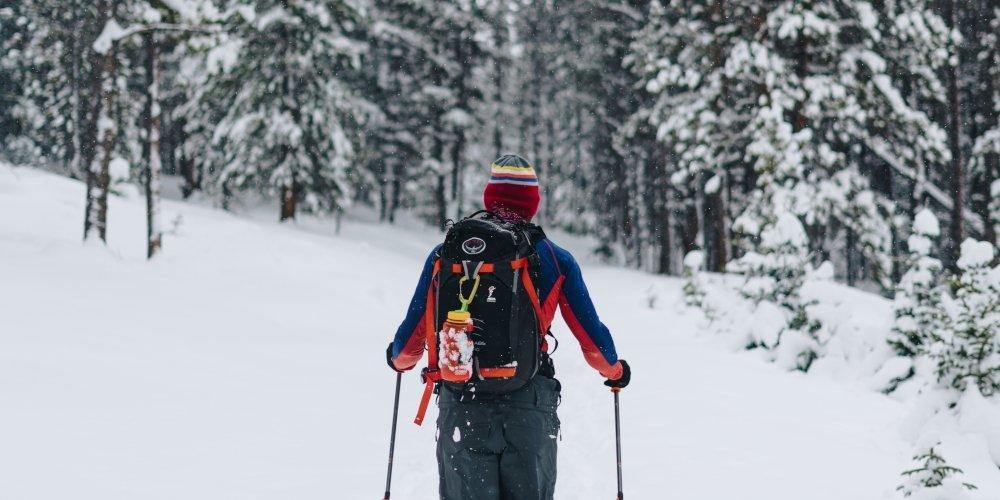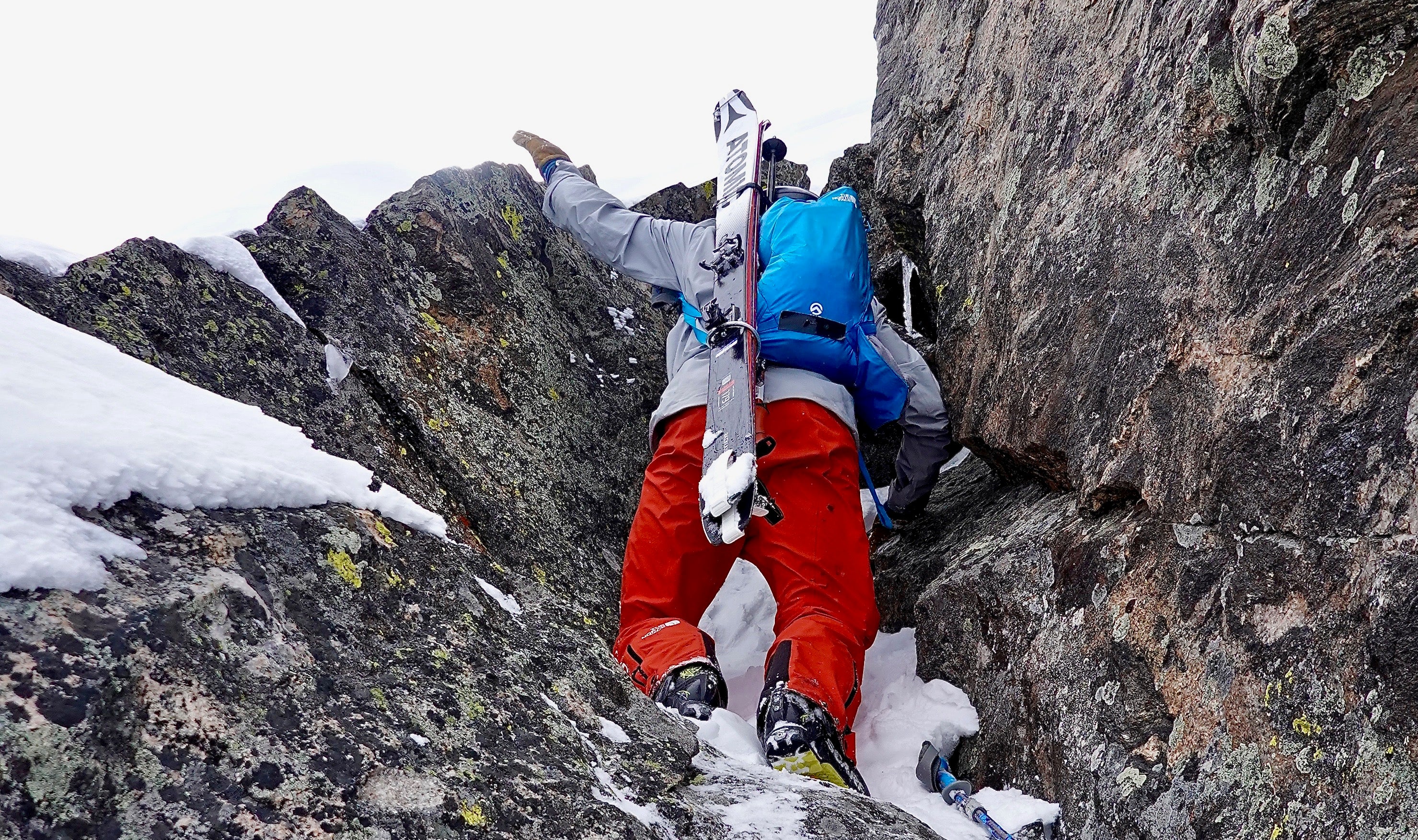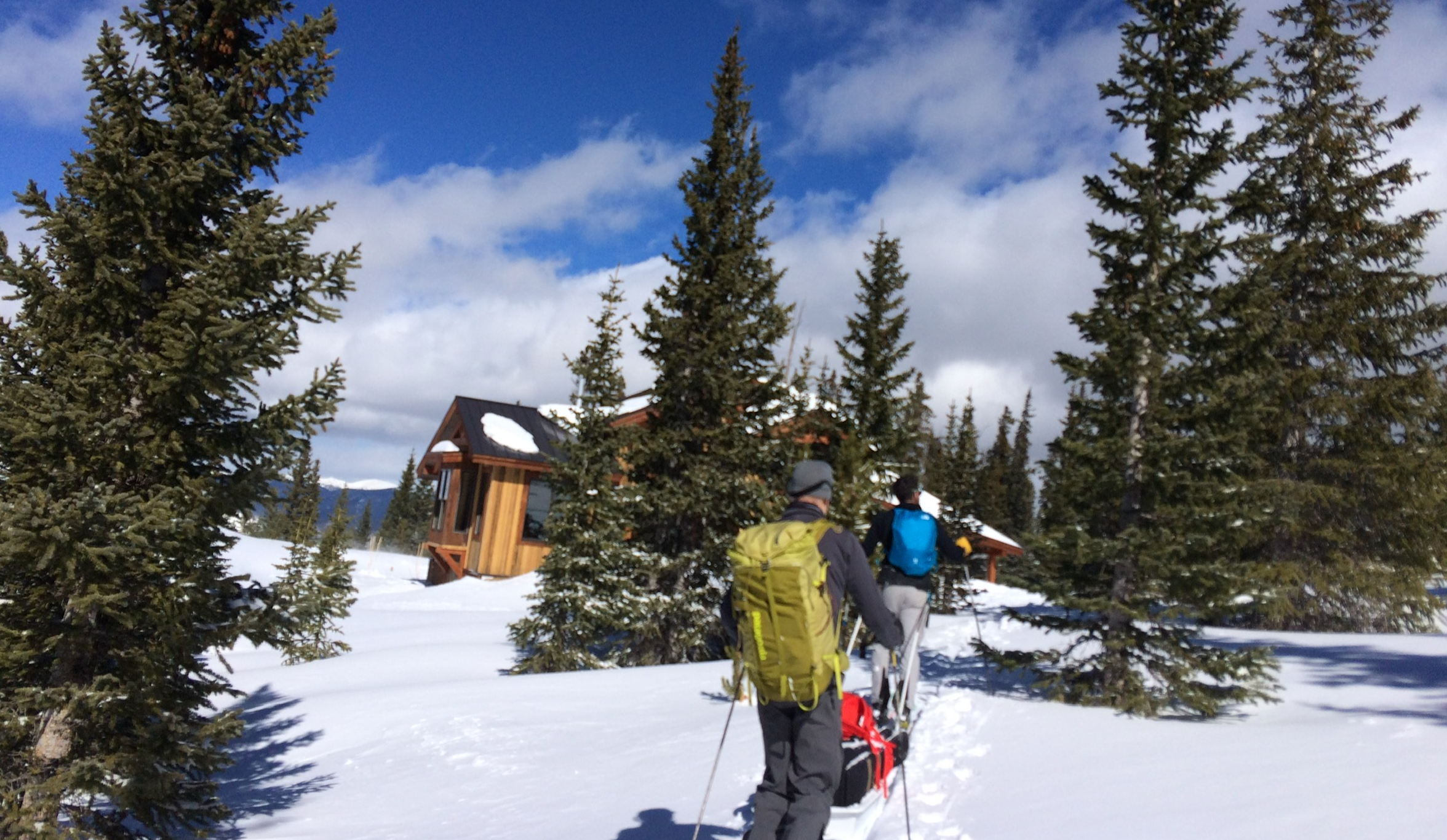
Choosing the Right Ski Touring Backpack
The right backcountry skiing pack can make all the difference.
Unless you’re rocking the lycra skinsuit and race skis on a training day, you should pretty much always be wearing something on your back while backcountry skiing and ski touring. In addition to the mandatory items such as your avalanche rescue gear, the list of items that are recommended to have in the backcountry is long. Whether it's water, extra layers, or crampons, having a backpack to carry all of these things is paramount. Below we discuss the different style backpacks on the market today, and what their best intended uses are. In case you were wondering the answer is yes––in the modern world of ski-touring, backpacks have quiver slots too.
Race/Fitness Packs
If you’re entering your local Skimo race, or you simply want to be as efficient as possible on the skin track, you’re going to want the lightest pack possible on your back. These Race/Fitness options are designed to be ultra light (because every gram matters) and functional even while being worn. Regardless of your intention, once you experience the ability to put your skis on your pack without taking off said pack, it is difficult to go back to a traditional offering.
Over the course of a race, it is the goal for these packs to never come off of the person. A loop and elastic hook system is standard for these packs which allows you to put your skis on your back without taking off your pack. Food and water storage is put on the shoulder straps for easy access and a larger pocket is typically accessible for stashing your crampons and extra water bottle. While these packs are perfect for racing, they are not ideal for avalanche kits or full-sized tools that would be preferred in a backcountry setting. For race requirements, the bare minimum for safety gear is stashed away and rarely, if ever, do they get pulled out of the pack and used.
We love the Dynafit Speed 20 pack in this category.
Ski Mountaineering Packs


When embarking on a ski mission that involves more exposed terrain or a long approach, you need a pack that is lightweight but more functional than a traditional Race/Fitness offering. Ski-mountaineering packs are also suitable for your average day tour in the backcountry. These options are constructed with a heavier duty material, include more volume for storage, and offer more features designed to increase safety and comfort in the mountains.
It is standard for these packs to include a dedicated pocket for avalanche rescue gear (beacon, shovel, probe) that offers quick access. On the outside of the pack are holders for ice tools and most packs will also include some sort of helmet carry system.The idea is to make it as easy as possible to access gear when in a precarious situation. For example, the Cirque pack from Black Diamond features an easy accessible attachment for your ice tool. As soon as the slope steepens and you want the added security of an ice axe, simply reach behind you and it's there when you need it. Lastly, these pack feature enough volume for layers, food, water, boot/ski crampons, etc. for a long day out in the mountains.
We love the BD Cirque 35 in this category.
Multi-Day Packs


For a multi day hut trip, or a spring traverse where you'll be spending multiple days out in the hills, you need a pack with more volume. These options will have the same features as a ski-mountaineering pack including a dedicated pocket for avalanche rescue gear and dedicated exterior straps for ice tools, but they are designed to carry all the supplies you need for longer outings.
When you bring your tent, your jet boil, and all the other essentials for a comfortable night out in the mountains, it's going to be heavy. How that weight is distributed on your pack is just as important as the amount of gear you can lug around. Look for wide shoulder straps, adjustability, and a more substantial frame to distribute the weight. Aim for 40L volume for a typical hut trip and more for an expedition style trip.
You can use a backpacking style pack for this purpose, but the downside is not having a specific pocket for your avalanche rescue gear or the appropriate straps for your ice tools, which can be problematic if you plan on doing any serious ski-touring with this pack.
We love the BCA Stash 40 pack in this category.



